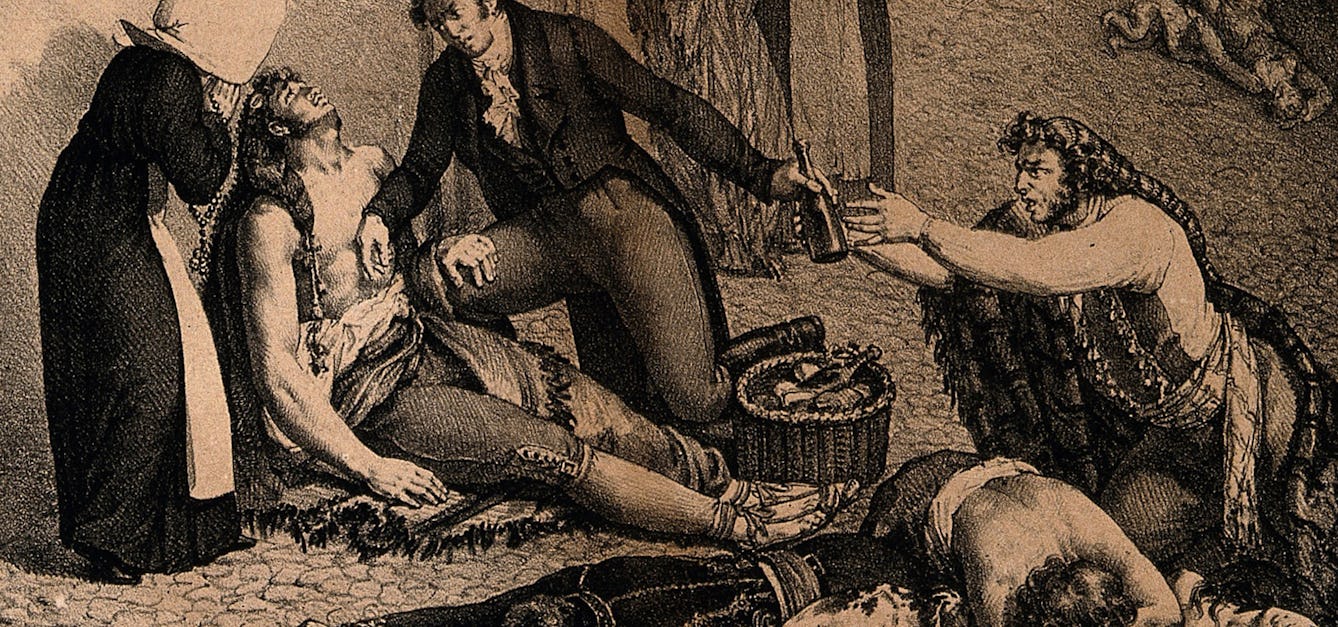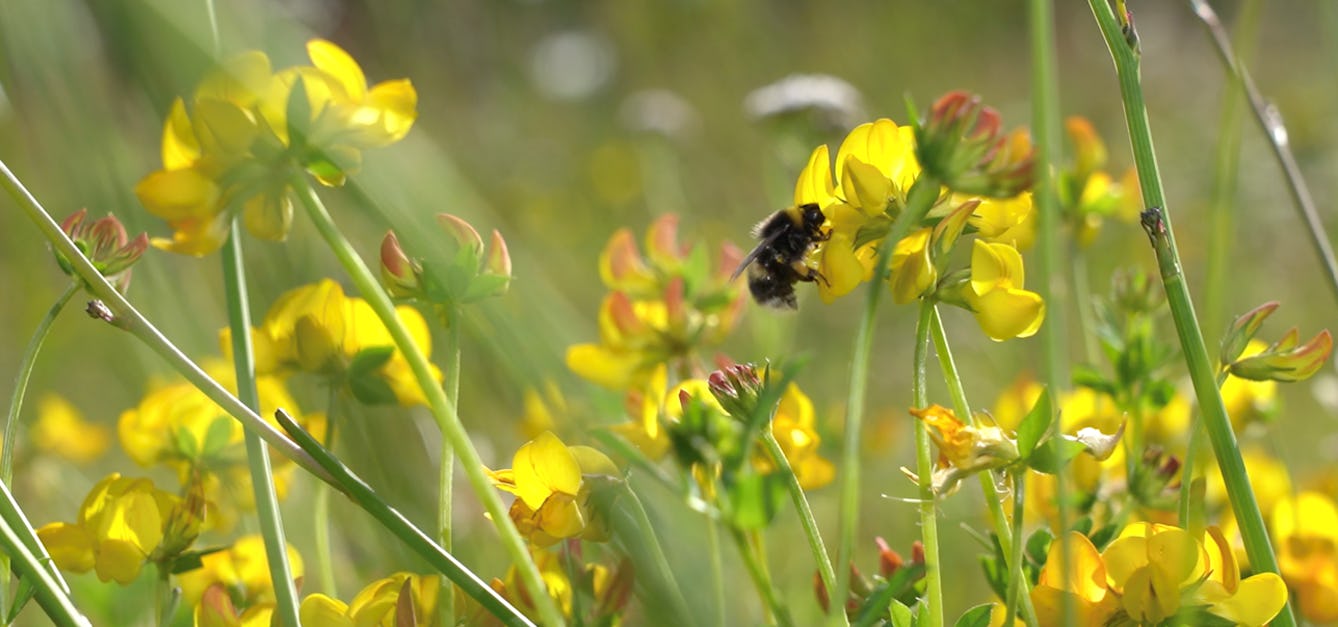Stories

- Article
Virtual reality and the fix of the future
Virtual reality, with its complex sensory tricks, takes us beyond the real world. Find out how these potentially addictive experiences can harm us – or might even have therapeutic uses.

- Article
The stranger who started an epidemic
New Orleans, 1853. James McGuigan arrives in the port city and succumbs to yellow fever.

- Book extract
What the wind can bring
In this extract from ‘This Book is a Plant’, Amanda Thomson shares a newfound fascination with flowers, and reveals why our relationship with plants can also be complicated.

- Article
The chymist’s trade card
An 18th-century trade card reveals far more than its owner may have intended.
Catalogue

- Ephemera
- Online
Summer itches, bites & stings : their treatment and relief : Lanacane.
Date: [1993]- Manuscripts
[Tamra maraeng].
Date: 19th century- Books
The sting of the wild / Justin O. Schmidt.
Schmidt, Justin O., 1947-2023Date: 2016- Books
First experimental transmission of a neotropical Leishmania by the bite of a sandfly : identity of the vector / [P.D. Ready, R. Lainson].
Ready, P. D.Date: [1982?]
- Books
- Online
Descripcion histórica de una nueva especie de corea, ó baile de San Vito : originada de la picadura de un insecto, que por los fenómenos seguidos á ella se ha creido ser la tarántula ... / por el Doctor Don Bartolomé Piñera y Siles.
Date: Año de 1787








![Nine green and red diagrams with Portuguese lettering showing how AIDS is not transmitted including top right, an insect [bite] to bottom right a heart [for faithfulness in marriage]; one of a series of six posters from the Stop AIDS campaign. Colour lithograph.](https://iiif.wellcomecollection.org/image/b1675010x_l0053851.jp2/full/282%2C/0/default.jpg)
![Nine green and red diagrams with Spanish lettering showing how AIDS is not transmitted including top right, an insect [bite] to bottom right a heart [for faithfulness in marriage]; one of a series of six posters from the Stop AIDS campaign. Colour lithograph.](https://iiif.wellcomecollection.org/image/b16750093_l0053850.jp2/full/282%2C/0/default.jpg)